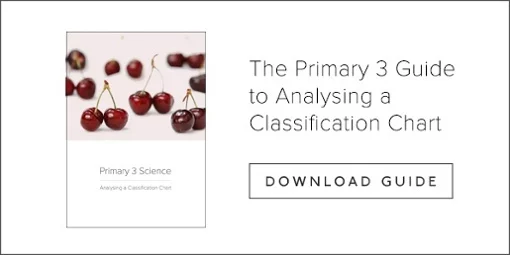
The primary Science syllabus includes an array of skills and processes that will gear your child towards being exam-savvy and proficient in the subject.
The study of Science also requires your child to take on certain learning attitudes that cultivate a scientific mind — one that is methodical, inquisitive and analytical.
In this article, Serene Low, Science Subject Head at The Learning Lab Marine Parade Central details 7 key exam skills that your child needs to excel in Science exams.
For Your Lower Primary Child
Acquiring an entire new range of skills can be a tall order, especially if your child is in Primary 3. Knowing what content is needed in each topic is key in helping your child understand the scope and necessary exam skills needed for the Science exams.
Based on Serene’s experience, these are the top 3 things that your child should take note of for his or her Science paper.
1. Inference
Inferring is the process of interpreting or explaining the observations, data or information given.
Noting the differences in the results obtained when a certain condition is absent may lead your child to infer that the condition is needed for a certain process.
For example, if the mouse in set-up B (without enough air or oxygen) dies and the mouse in the set-up A (with ample air or oxygen) does not, then students can infer that living things need air or oxygen to survive.
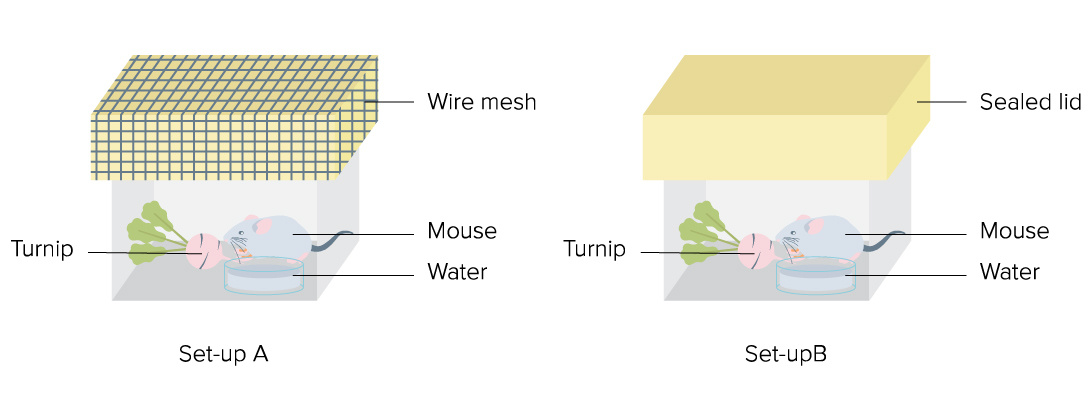
Likewise, when the question states “Based only on the pictures provided…”, students must construct their answers based only on what they see in the question.
Students tend to make the mistake of relying on prior knowledge or assumptions when constructing their answers, therefore failing to meet the question's requirements.
2. Classification and Comparison
For example, when the question asks for comparisons involving the stating of the similarities and differences, your child should be giving answers that describe physical characteristics and traits.
Giving generic answers such as “they are both animals” or “they both have eyes” should be avoided during exams.
Download our special mini guide, “Analysing a Classification Chart” below to help your child gain familiarity with Classification questions.
3. Observation
Observation questions in your child’s Science paper test his or her ability to share what can be seen.
Hence, your child’s answers should be based on observable results. It is important for your child to note that answers derived from concepts do not translate to observations.
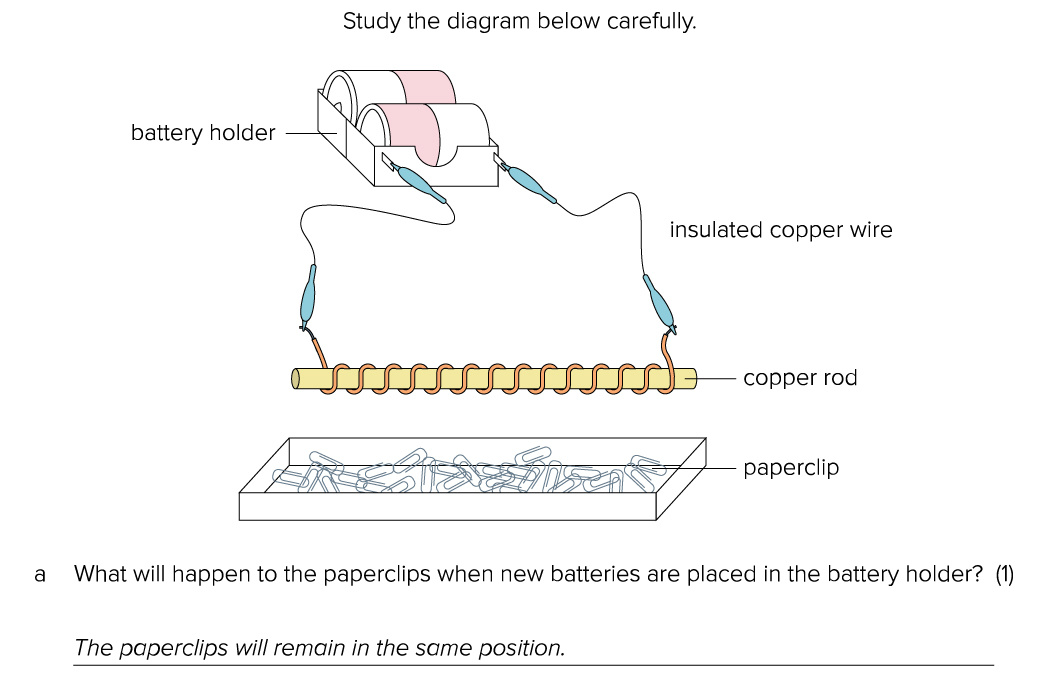
For example, when a non-magnetic material like copper is used to make an electromagnet, and the question asks for what will be observed about the paperclips in the tray, examiners will not accept answers such as “Nothing happened”.
Your child’s answer should clearly show an observation that was made. Hence, a better answer would be “The paperclips will remain in the same position”.
For Your Upper Primary Child
As your child progresses from lower primary science to upper primary science, you may have realised that his or her Science exam questions involve higher order analytical skills such as:
inferring
analysing
evaluating
predicting
formulating a hypothesis
The learning curve is especially steep if your child is in Primary 5, where he or she must manage a significantly more challenging syllabus. Your child has to learn new topics and concepts while still retaining the knowledge acquired in Primary 3 and 4.
Here are some key exam skills your child will need to excel in his or her upper primary Science exams.
1. Elimination Technique
When tackling Multiple-Choice Questions, your child should try using the elimination technique to derive and check his or her answers.
In addition, your child may also like to pen down his or her thought process on the paper. This can help to minimise errors and help your child to check his or her work before submission.
2. Question Analysis
Open-ended questions often cause students to cringe as they are unsure of what to write and how to derive the correct answers.
When analysing a question, your child should:
identify the topic(s) tested in the question
make a mental note on what concepts the question is testing
identify and look for clues in the question from the diagrams, pictures, table or graphs given
identify the changed variable, the measured variable or the inferred variable, if any
make comparisons between set-ups, if any
analyse the data of table and graphs, if any
To illustrate further, consider the example given below:
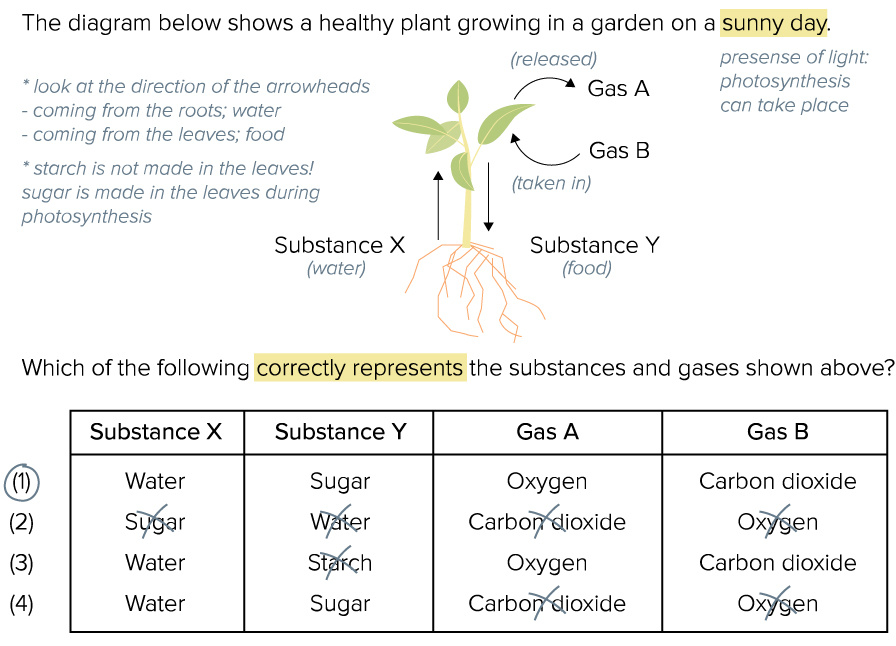
Bonus tip: It is important for your child to realise that all the information needed to construct an answer is available in the question. Being aware of this can help your child tackle open-ended questions more confidently and effectively.
3. Answer Precision
When tackling questions in the Science exams, it is crucial for your child to provide answers that are accurate and precise. Here are some tips your child may want to take note of:
Respond with short, simple sentences which are concise and to the point
Link back to the context of the question, supporting your answers with data or information given in the question
Always use the exact phrasing in the question to craft the answers
An example of how to tackle open-ended questions is illustrated below.
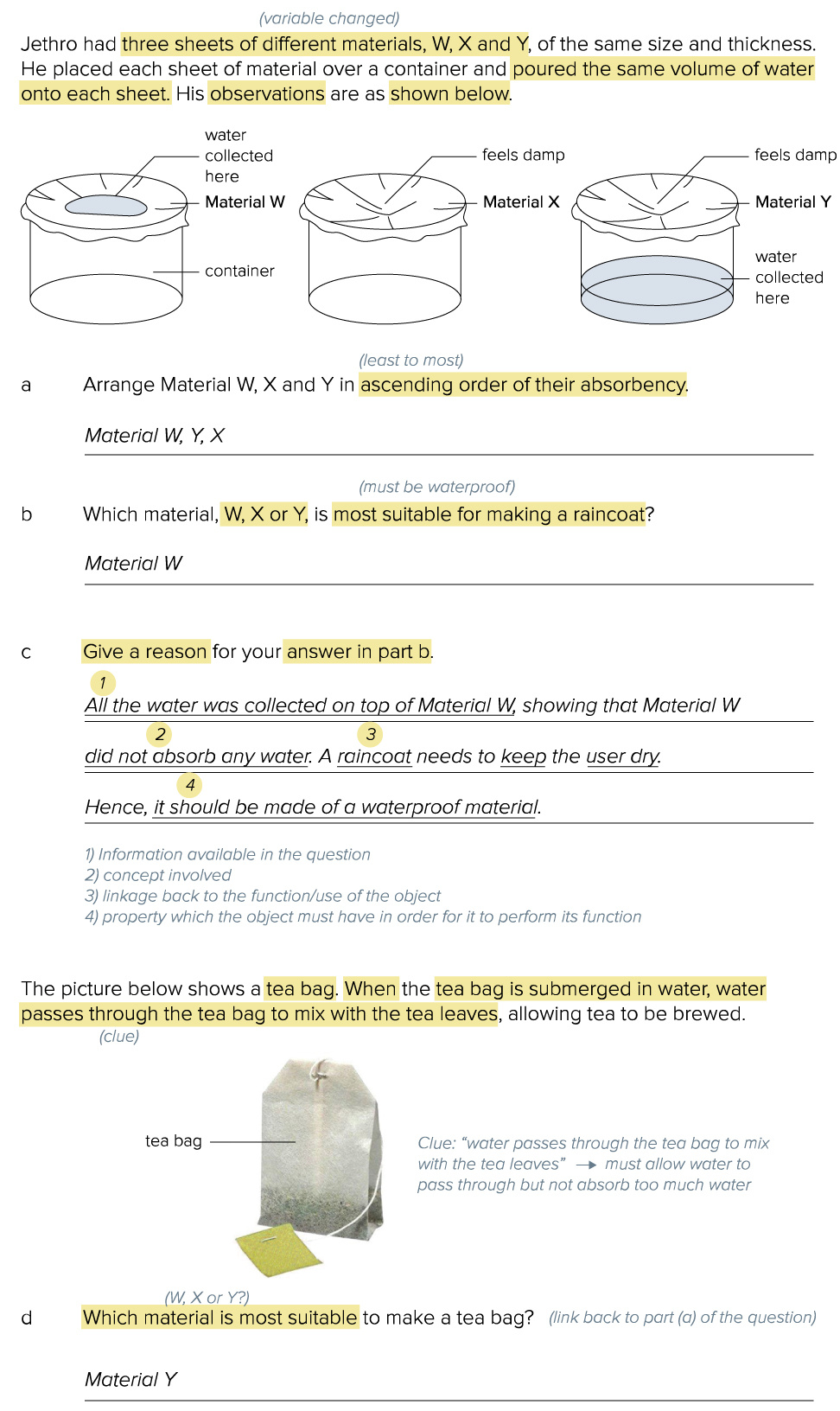
4. Commit Topic and Concepts to Memory
One misconception about science is that no memory work is needed; instead, one should know when and how to apply the correct concepts.
However, to excel in the Science exams, it is crucial for your child to remember and recall:
take note of:
definition of terms
names and functions of structures
keywords which are specific to topics
advantages and disadvantages of certain methods
Only when your child has this key knowledge at his or her fingertips will your child be able to apply what's been learnt during the exams.
Your child should avoid grouping fruits into broad categories such as “sweet” and “sour” or “big” and “small”.
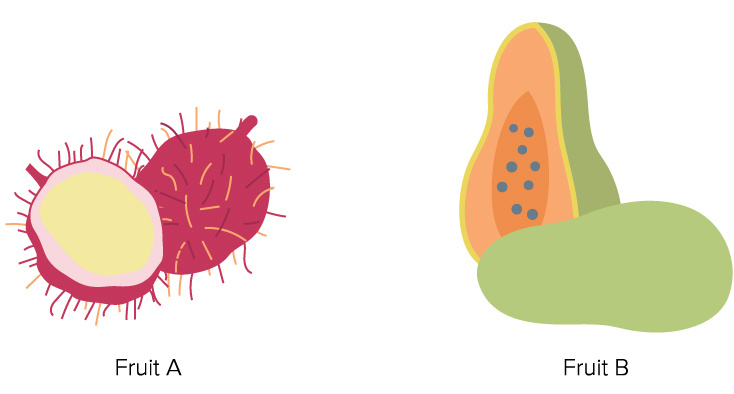
Using the example above, if your child is asked to examine the pictures, some answers he or she should avoid giving answer are:
a. “Fruit A is round while Fruit B is oval”
b. “Fruit A is hairy while Fruit B is not hairy”
These are not the correct ways in which fruits are scientifically grouped. The proper way to answer this question would be:
a. "Fruit A has one seed while Fruit B has many seeds."
b. The outer covering of Fruit A has a rough texture while the outer covering of Fruit B has a smooth texture."
Get Ahead, Stay Ahead
The new year will bring new challenges - but things do not have to get challenging.
At The Learning Lab, our Science programmes aim to help your child answer questions independently by guiding him or her progressively in learning the right skills and answering techniques.
Your child will also be given opportunities to participate in Science projects, experiments and games that bring concepts to life and encourage a hands-on approach to learning Science.
Find out more our Science programmes here.
The Learning Lab is now at locations. Find a location that suits your needs.
If you have any questions about our range of programmes or class schedules, you may contact us at 6733 8711 or drop us an email at enquiry@thelearninglab.com.sg.

